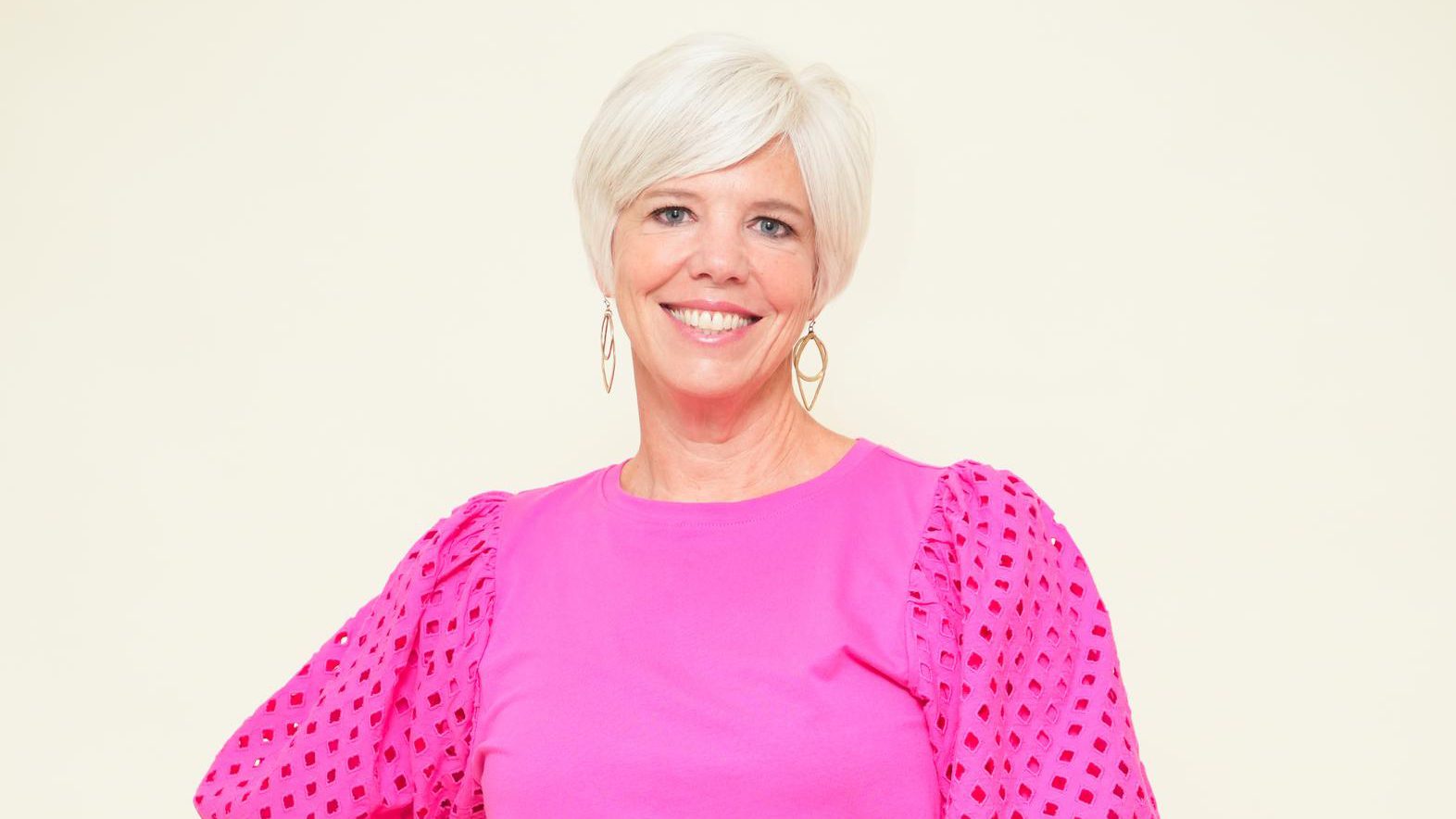Furman’s IACH and Kerry Sease help prepare for the next pandemic

When Kerry Sease was part of a five-year, $17.5 million grant awarded to Clemson University when she joined Furman University in November 2023 as executive director of The Institute for the Advancement of Community Health, Her arrival meant that Furman was now part of the Centers for Disease Control and Prevention grant to strengthen disease outbreak detection and response around the state.
Sease’s expertise on the project is in mobile health delivery, which she gained by working with Prisma Health, one of the sub awardees on the grant. She is leading efforts to establish protocols for dispatching existing mobile health units to deploy testing and vaccines, with special emphasis on vulnerable populations like the elderly and children. The work is part of a wider $262.5 million CDC initiative aimed at building and modeling analytic capacity in health departments nationwide funded by the Center for Forecasting and Outbreak Analytics.
Sease said COVID-19 taught health professionals important lessons.
“When COVID hit, we really didn’t know how to deal with it,” Sease said. “So we had a very uncoordinated approach for delivering testing and treatment.”
The CDC project promises to change that by using data-driven approaches to identify and prioritize high-risk communities for delivery of essential resources. By combining real-time data, managed by Clemson, with agile delivery of mobile health clinics, health systems can blunt the impact of the next pandemic or infectious outbreak be it flu, a new strain of COVID or another pathogen, Sease explained.

Lior Rennert, Clemson University associate professor and director, Center for Public Health Modeling and Response.
Principal investigator at Clemson Lior Rennert, an associate professor in the public health sciences department and director of the Center for Public Health Modeling and Response, said Sease was an obvious choice to lead the mobile health component.
“Kerry Sease’s role is really important because she directed Prisma Health’s mobile vaccination campaign throughout the COVID-19 pandemic,” said Rennert who has worked with Sease since early 2021. “Kerry and her team at Prisma were successful in vaccinating over 10,000 individuals, mostly from medically underserved populations.”
Sease said a big part of her work on the project involves rallying agencies, clinics, hospitals and other health care outposts. “There’s quite a big fleet of mobile health units in the state. We want to coordinate those in the most efficient way,” she said.
Establishing best practices for communication is another facet of Sease’s role in the grant.
“There are a lot of pre-deployment activities to consider,” she said. “You really have to think about who your community partners are. How do you get the word out? How do you work with existing networks to build trust in the community, so when you are bringing your mobile unit, people are actually coming? How do you create a community coalition? The idea is to answer as many of those questions as possible, so in the event we’re again in an infectious disease setting, health professionals will have a roadmap.”
Sease is teaming with staff from Clemson, the University of South Carolina and the South Carolina Department of Health and Environmental Control to create and vet procedures. She expects to enlist Furman students as interns to assist in the project as it unfolds.
And while Furman’s portion of the grant is just a fraction of the total, Sease is thrilled that Furman’s IACH is part of the conversation and, more broadly, that South Carolina has a prominent role in the CDC-funded plan.
“During the pandemic we saw how much our health depends on factors within the community – having access to testing and vaccines, being vaccine literate, having transportation, the ability to use a computer to get connected to resources – not everybody had an email – there were so many issues, and not just in South Carolina.
“I think the CDC viewed South Carolina as being poised for a project of this magnitude,” Sease said. “And for Furman to have a seat at the table and to be driving one of the initiatives of the project – that says so much. It’s exciting to be a part of a playbook for the entire state, and maybe the nation,” she added.
For his part, Rennert believes South Carolina, with its history of institutional collaboration, was a positive signal for the CDC when they were choosing partners.
“South Carolina’s institutions had a very strong working relationship throughout the pandemic,” Rennert said. “And I believe that puts us in a natural position to build a statewide network for outbreak detection, infectious disease forecasting and coordination of emergency public health response. We hope that what we build in South Carolina will be an example for other states,” he added.